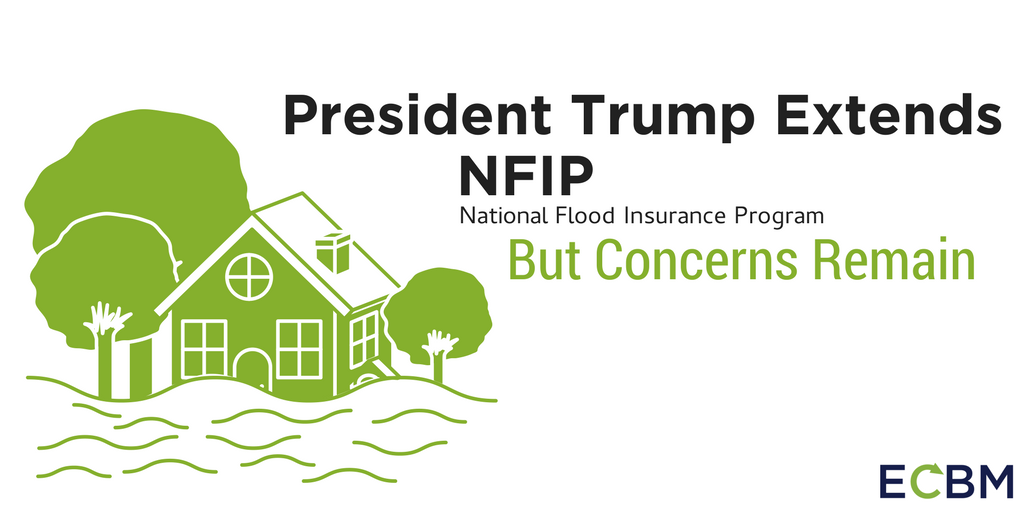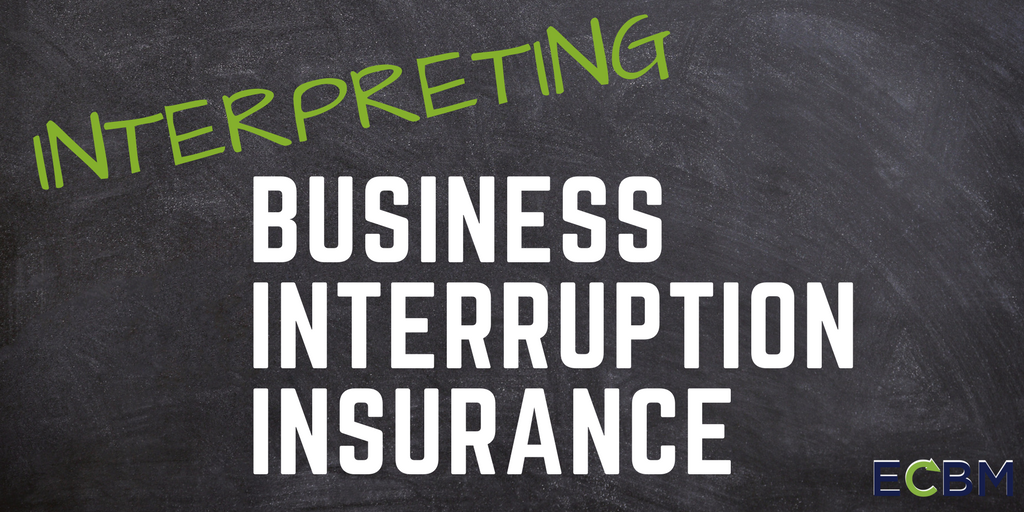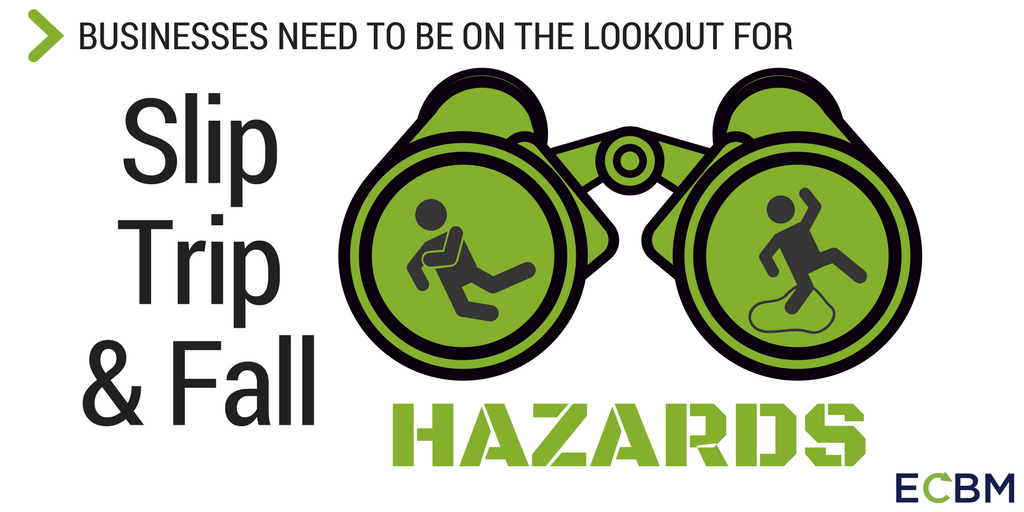Interpreting Business Interruption Insurance
Losses that prevent a company from continuing operations can cause massive headaches for business owners. When a business cannot continue operating for a period of time, it often continues ... READ MORE
Posted by ecbmadmin
Gov. Definition Of Joint Employer Causing Confusion
A series of decisions from the National Labor Relations Board in the past few years relating to determining who qualified as a joint employer had worried many companies across the country. ... READ MORE
Posted by ecbmadmin
Businesses Need to Lookout For Slip, Trip, and Fall Hazards
Slip and fall torts can pose a major liability to many businesses. While these accidents may seem harmless, several recent lawsuits have seen damages paid out in the tens or hundreds of ... READ MORE
Posted by ecbmadmin
Windstorm Coverage and Hurricanes: What You Need to Know
Original interview by Jayne Gest, Smart Business Network Inc. The Atlantic hurricane season runs from June 1 to Nov. 30, and as a business owner in the Philadelphia area — only 50-75 miles ... READ MORE
Posted by Phil Coyne





